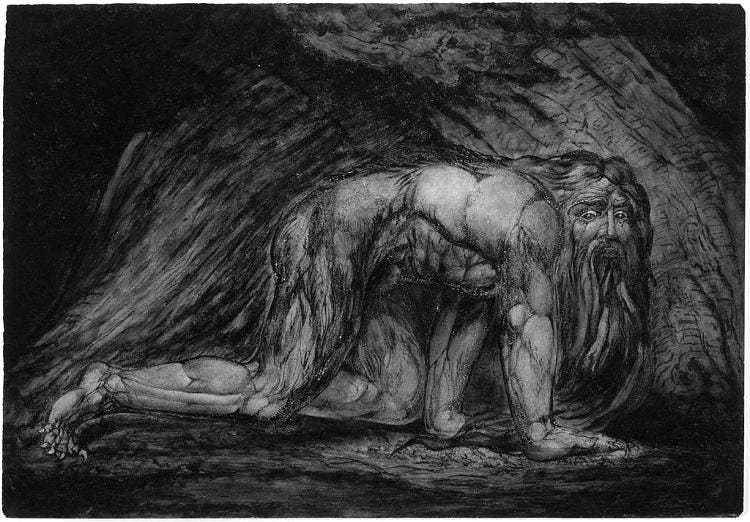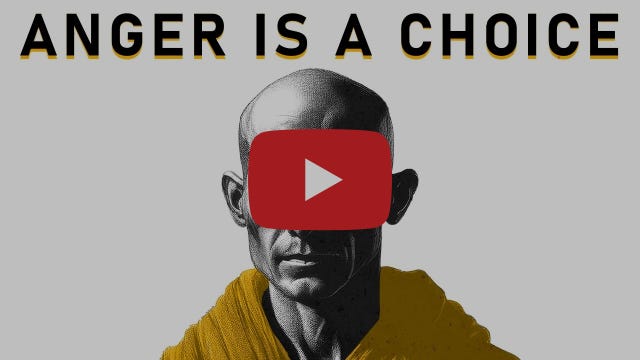‘When we were one or two years old we had what we might visualize as a 360-degree personality. Energy radiated out from all parts of our body and all parts of our psyche. A child running is a living globe of energy.
‘We had a ball of energy, all right; but one day we noticed that our parents didn’t like certain parts of that ball. They said things like: “Can’t you be still?” Or “It isn’t nice to try and kill your brother.”
‘Behind us we have an invisible bag, and the part of us our parents don’t like, we, to keep our parents’ love, put in the bag.
‘By the time we go to school our bag is quite large. Then our teachers have their say: “Good children don’t get angry over such little things.” So we take our anger and put it in the bag…
‘Different cultures fill the bag with different contents. In Christian culture sexuality usually goes into the bag. With it goes much spontaneity.
‘Marie-Louise von Franz warns us, on the other hand, not to sentimentalize primitive cultures by assuming that they have no bag at all. She says in effect that they have a different but sometimes even larger bag. They may put individuality into the bag, or inventiveness…
‘[W]e can only see the contents of our own bag by throwing them innocently, as we say, out into the world.
‘Spiders then become evil, snakes cunning, goats oversexed; men become linear, women become weak, the Russians become unprincipled, and Chinese all look alike.
‘Yet it is precisely through this expensive, damaging, wasteful, inaccurate form of mud-slinging that we eventually come in touch with the mud that the crow found on the bottom of its feet.’
—Robert Bly in Meeting the Shadow
In my latest YouTube video we explore two Buddhist stories that offer timeless wisdom on how to deal with anger and conflict.
From the Buddha's encounter with an angry priest to Thich Nhat Hanh's parable of the boat, we discover mindful ways to confront and dissolve anger before it leads to suffering.



